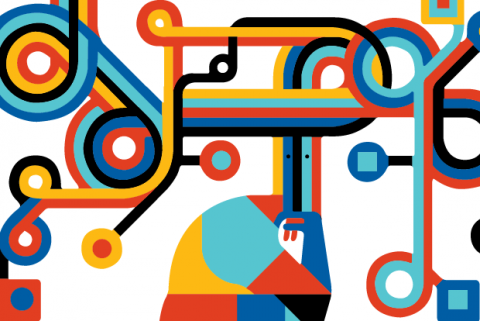Infrastructure changes are part of what CIOs deal with as a routine job function. But as the field of available technologies continues to shift, it would be nice to have a road-map that could guide us through the upcoming changes. A definitive list of technologies that will be offered and demanded over the next few years is an unlikely possibility, but that doesn't mean it's impossible to make some educated prognostications.
Ori Herrnstadt, head of SQL at FoundationDB, answered three questions about what changes in infrastructure he sees for the next two years.
The Enterprisers Project: What changes are coming in the next two years with regard to IT infrastructure?
Herrnstadt: The data center becomes more efficient as servers morph to become data center specific modular building blocks and CPUs will pack many energy efficient cores. Operating systems, databases, and cloud management software will become commoditized, and "boring" again.
TEP: How will the landscape change for CIOs?
Herrnstadt: Tablets and mobile will replace desktops and laptops. CPUs will branch to two distinct groups, data center focused at the high end with many cores to support VMs, while energy efficient and fast CPUs at the low end will service end-users and tablets.
Non-vital systems will start migrating to the CIO's favorite cloud provider. "Cloud" is commoditized, with quasi-identical infrastructure offerings. Differentiation between clouds is all about added value and the tightly integrated software the cloud companies can provide.
TEP: What should they be thinking about today to prepare?
Herrnstadt: Mobile and tablet-friendly applications and security become a necessity. Rather than trying to migrate applications to the cloud to be mobile and tablet friendly, companies will need to create extensions or entirely new applications to existing applications for these platforms.
Previous attempts to virtualize the desktop become irrelevant as the desktop disappears. Tools from Box to SalesForce to Github become the newly-provided infrastructure that supports multiple access-points.
CIOs should develop and learn to manage small, nimble ops teams that are only focused on cloud: deployments, monitoring, architectures.
Read this Harvard Business Review article on choosing strategies for change.
Ori Herrnstadt is head of SQL at FoundationDB




